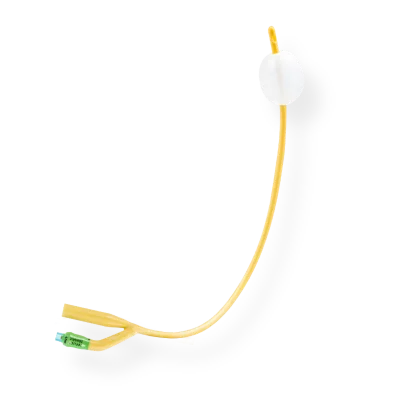When choosing the right urinary catheter for patient care, understanding the difference between Foley catheter and silicone catheter is essential. These two common types of catheters offer unique properties that make them suitable for different clinical needs. In this article, we explore their distinctions and introduce Wellead Medical, a trusted name in global medical device manufacturing.
Latex Foley Catheters
Latex Foley catheters are made from natural latex and coated with silicone to reduce friction during insertion. One key benefit is their thermo-sensitive property, which allows them to adapt to the body’s temperature, providing improved flexibility and comfort. However, because they are made from latex, they may cause allergic reactions in individuals with latex sensitivity. This makes it important to evaluate a patient’s allergy history before selecting this option.
Silicone Foley Catheters
In contrast, silicone Foley catheters are made entirely of medical-grade silicone. They are soft, highly flexible, and designed to minimize urethral irritation. Because they are hypoallergenic, silicone catheters are ideal for patients with latex allergies. This crucial difference between Foley catheter and silicone catheter directly impacts patient safety and comfort.
Which Catheter is Right for You?
The main difference between Foley catheter and silicone catheter lies in their material composition and suitability for different patients. Latex catheters offer temperature adaptability, while silicone ones are better for long-term use and allergy prevention.
Trust Well Lead Medical for Reliable Catheter Solutions
Well lead Medical is a globally recognized manufacturer offering high-quality Foley and silicone catheters. With strict quality controls and innovative designs, Well Lead Medical ensures safe and comfortable patient care.
Conclusion
In conclusion, knowing the difference between Foley catheter and silicone catheter helps healthcare professionals make informed decisions. Whether it’s for short-term or long-term use, patient safety and comfort should always come first.
